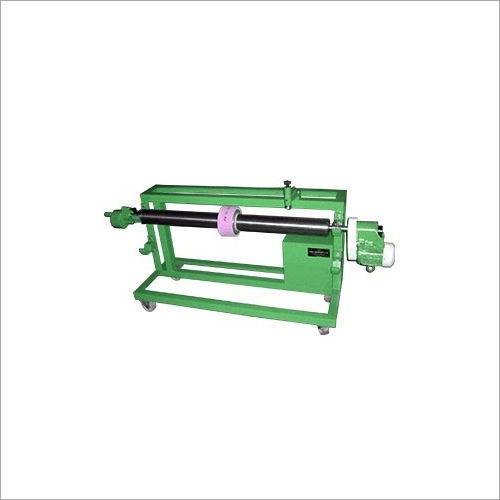Old Wire winding Machine

X
Old Wire winding Machine Price And Quantity
- 50000 INR/Piece
- 1 Piece
Old Wire winding Machine Trade Information
- 10 Piece Per Month
- 1 Months
Product Description
Old wire winding machines typically operated using mechanical or manual methods. They featured rotating spools or bobbins where the wire was wound, and a mechanism to control the tension and speed of the winding process. These machines were often manually operated, requiring an operator to feed the wire onto the spool and monitor the winding process.
Frequently Asked Questions :
Q: What was the purpose of an old wire winding machine?
A: The main purpose of an old wire winding machine was to wind wires onto spools or coils for various applications. It provided a convenient and efficient way to handle and store wires, making them easier to transport, distribute, or use in subsequent manufacturing processes.
Q: How did old wire winding machines operate?
A: Old wire winding machines operated using mechanical or manual methods. The wire was fed onto a rotating spool or bobbin, which was driven by a motor or manually turned by an operator. The machine's mechanism controlled the tension and speed of the winding process, ensuring uniform and tightly wound coils.
Q: What were the typical features of old wire winding machines?
A: Old wire winding machines varied in design and features, but some common features included rotating spools or bobbins, wire tension control mechanisms, and speed adjustment options. They often had manual controls and required operator intervention for wire feeding and monitoring the winding process.
Q: What types of wires were wound using old wire winding machines?
A: Old wire winding machines were used to wind various types of wires, including electrical wires, magnet wires, copper wires, and other types of conductive or non-conductive wires. The machines could handle different wire diameters and coil sizes depending on their specific design and capabilities.
Q: How efficient were old wire winding machines compared to modern ones?
A: Old wire winding machines were typically less efficient compared to modern machines due to their manual or mechanical operation. They required more labor and operator involvement, resulting in slower production rates and potentially lower precision. Modern wire winding machines incorporate advanced automation, computerized controls, and improved winding mechanisms, offering higher efficiency and accuracy.
Enter Buying Requirement Details





